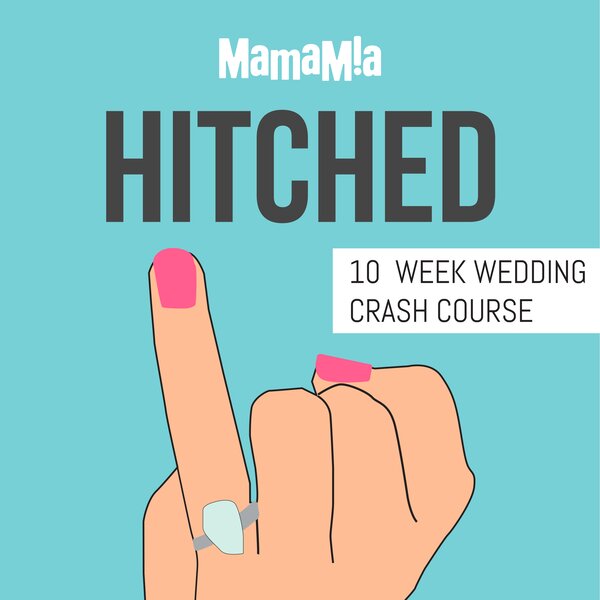
You're scrolling on your phone, doing a little bit of brain-rotting, when a smiling, blonde-haired face pops up on your feed.
"On," she says as she pinches her fingers and pulls upwards.
"Off," she says as her hand comes down, fingers releasing.
"Quick ones, let's go. On, off, on, off."
"Turn it on, hold for nine, eight, seven — keep breathing — six, five, four — hold — three, two, one. All the way off."
Sound familiar?
If you're a woman on Instagram, chances are you've come across Sarah Percy from Female Physio Co, aka the woman making us clench our vaginas on Instagram.
This clenching is otherwise known as doing your Kegels, which are pelvic floor exercises.
Sarah is a women's health physiotherapist with a passion for pelvic health — and her personal vagina-clenching vendetta is catching on.
Her videos are flooded with comments from women saying they 'never skip' one of her clenching lessons.
Is it a little weird to be doing a vagina workout on Instagram? Maybe.
But if Sarah has her say on things, it's one of the best things you can do on social media for your health.
Here's why.
Watch: Try pelvic floor exercises with Sarah Percy from Female Physio Co. Post continues below.





























































































